Jean Pierre Sudre, February 9 - April 13, 2019
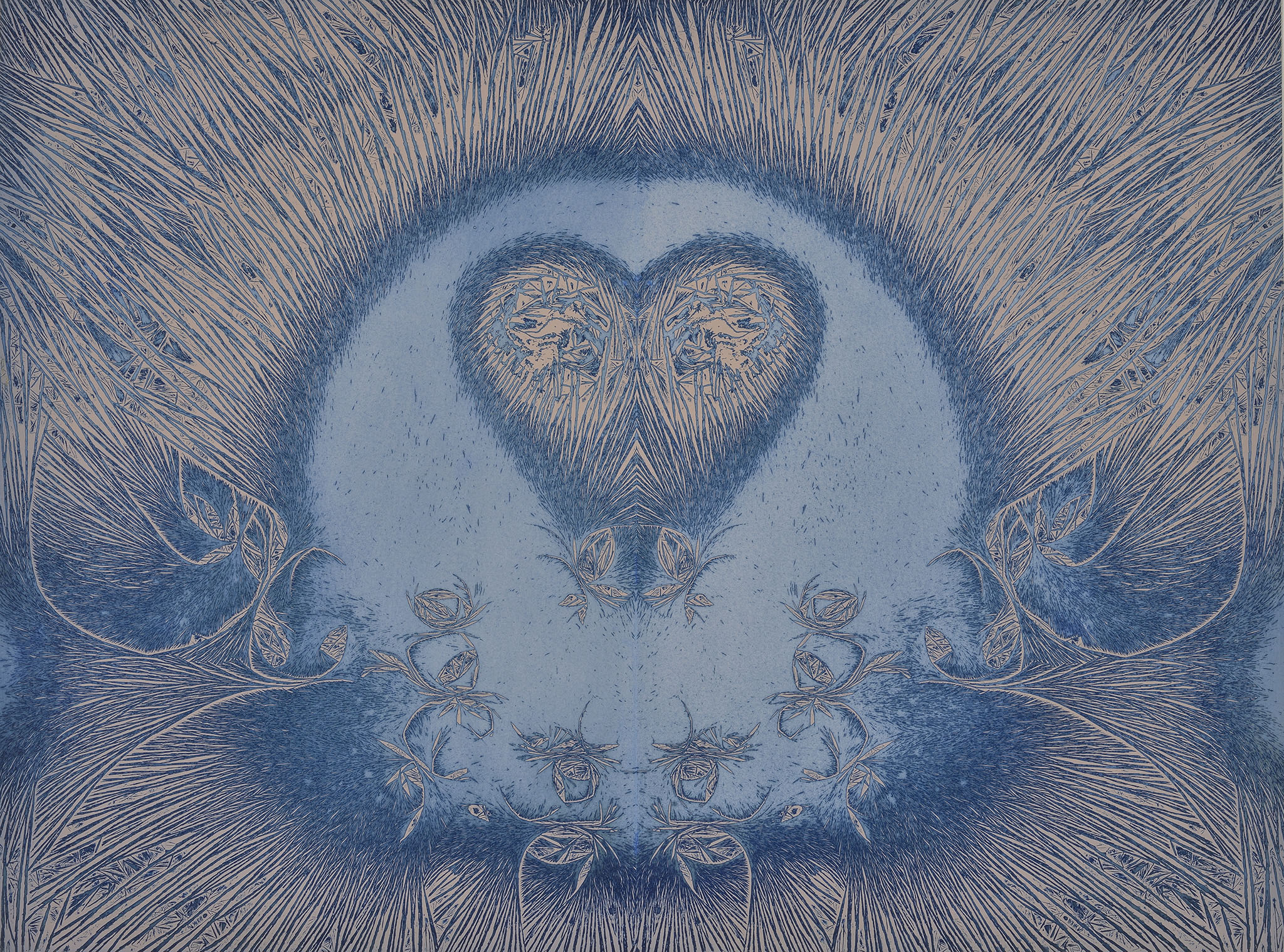
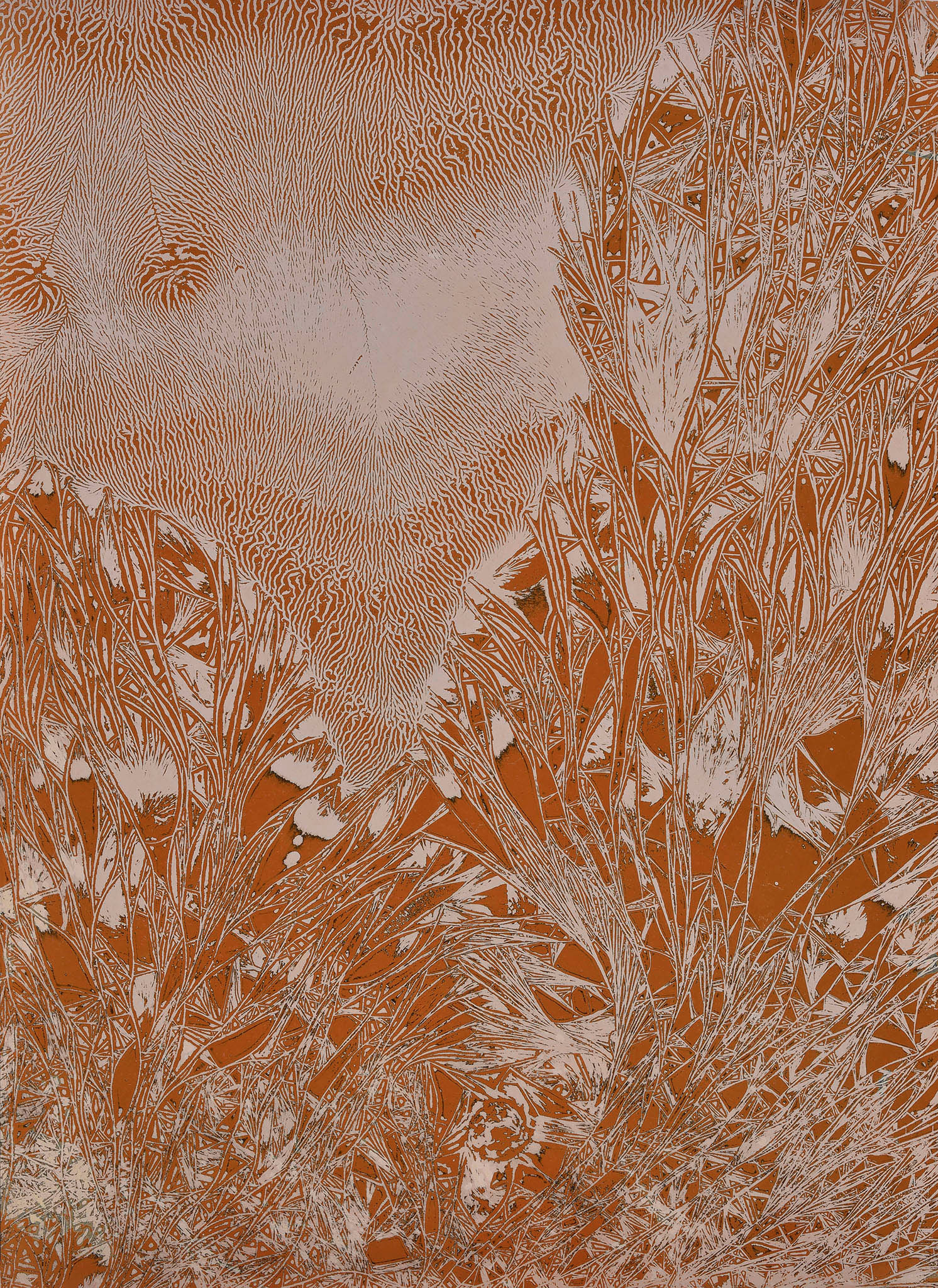

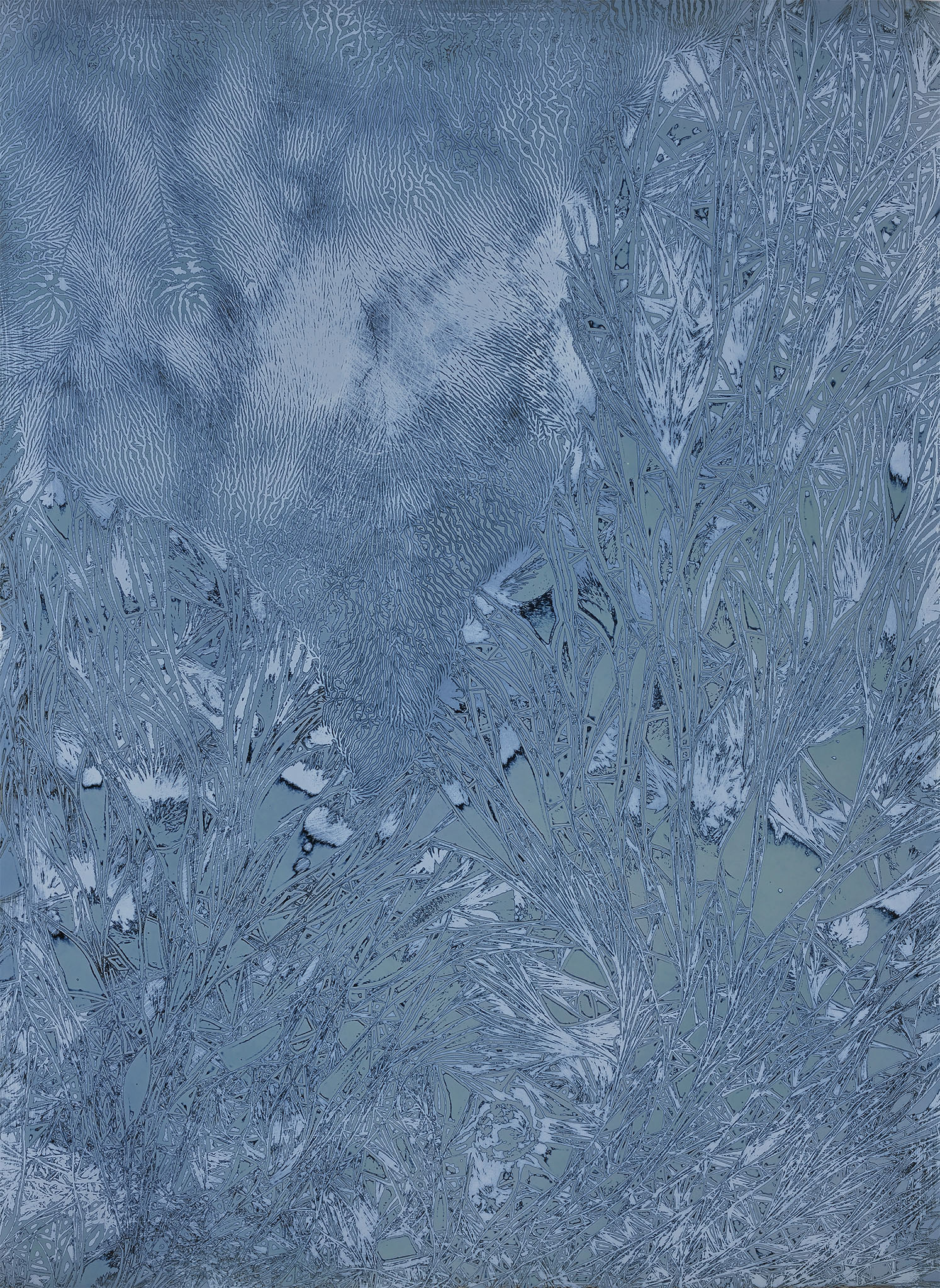
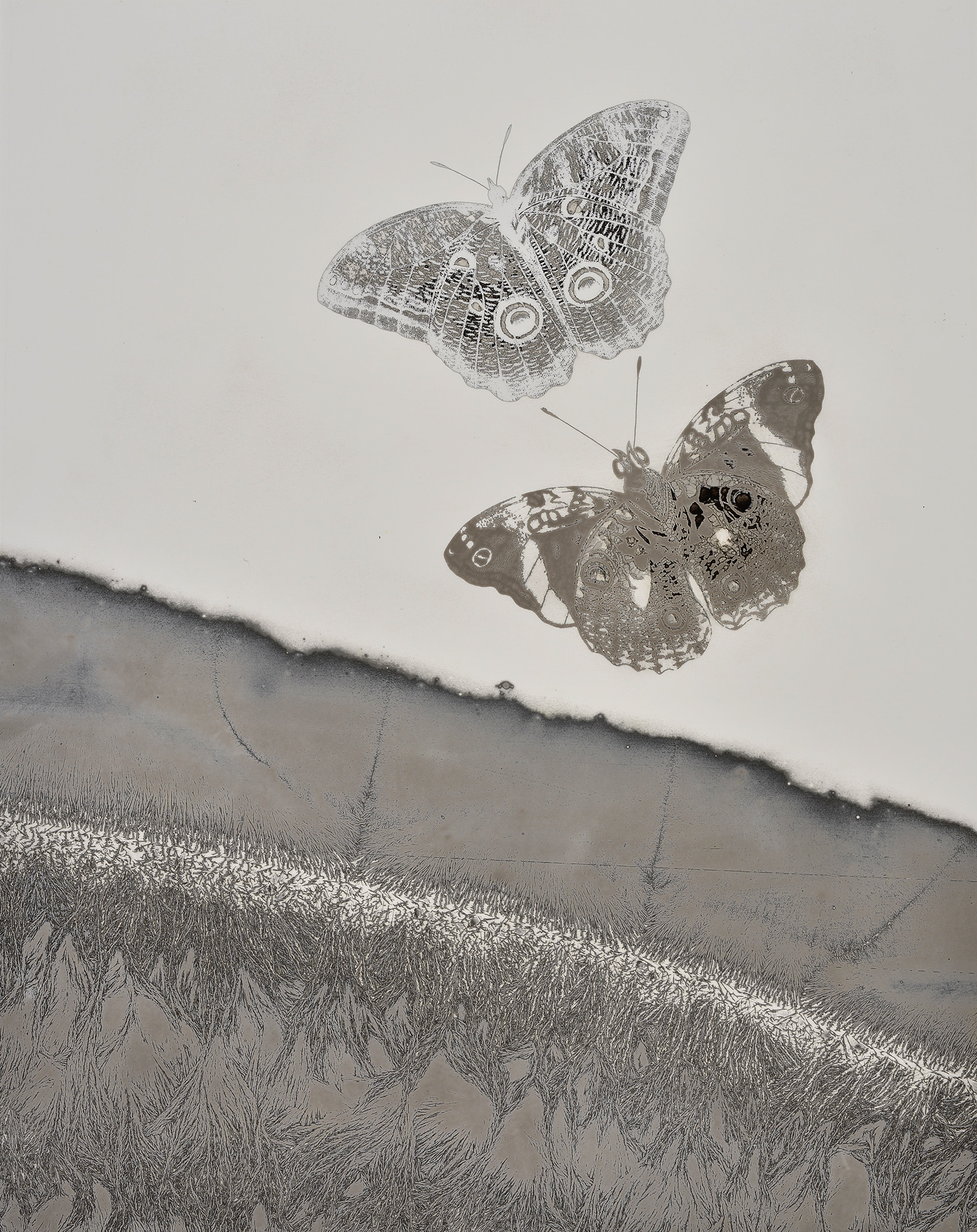

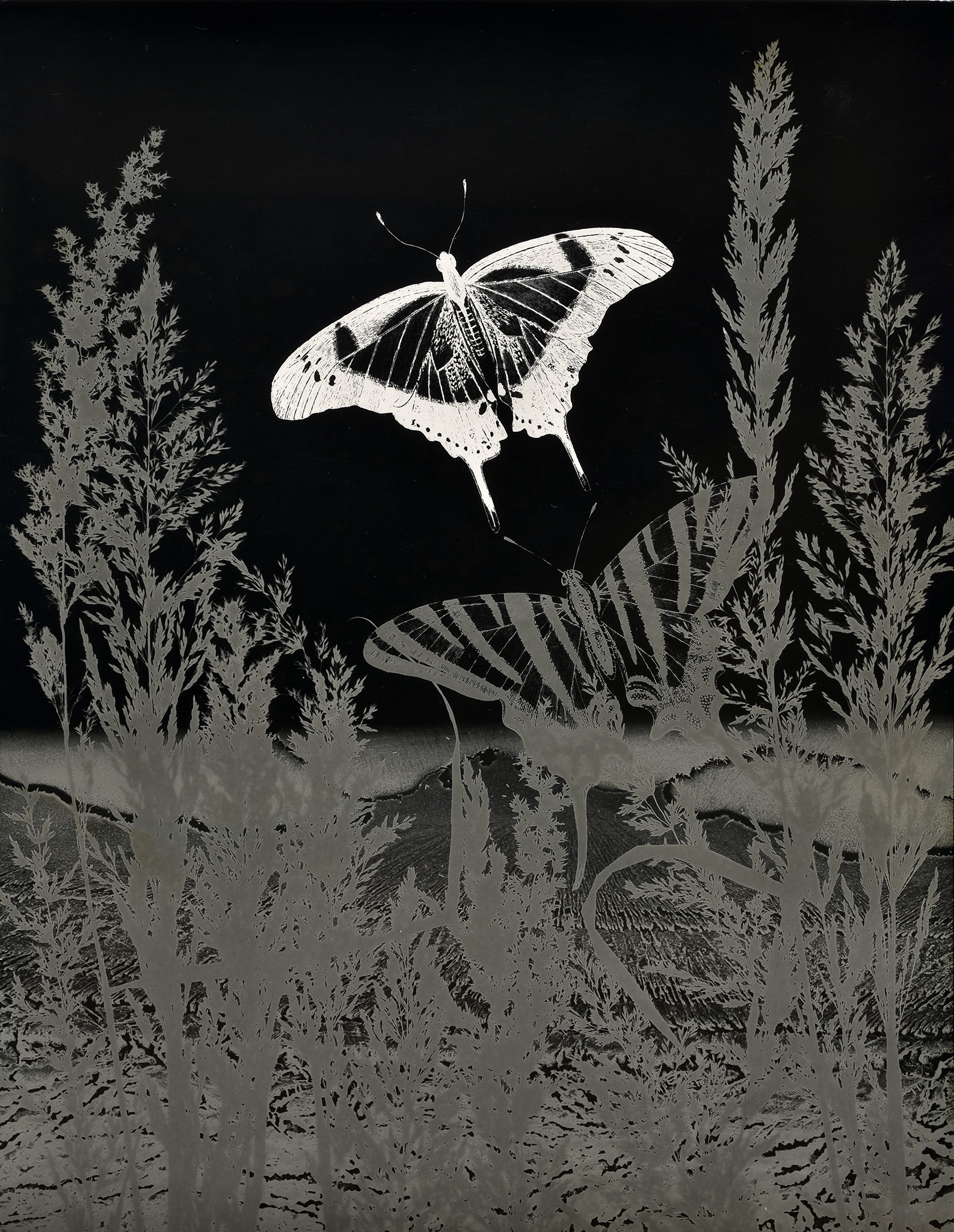

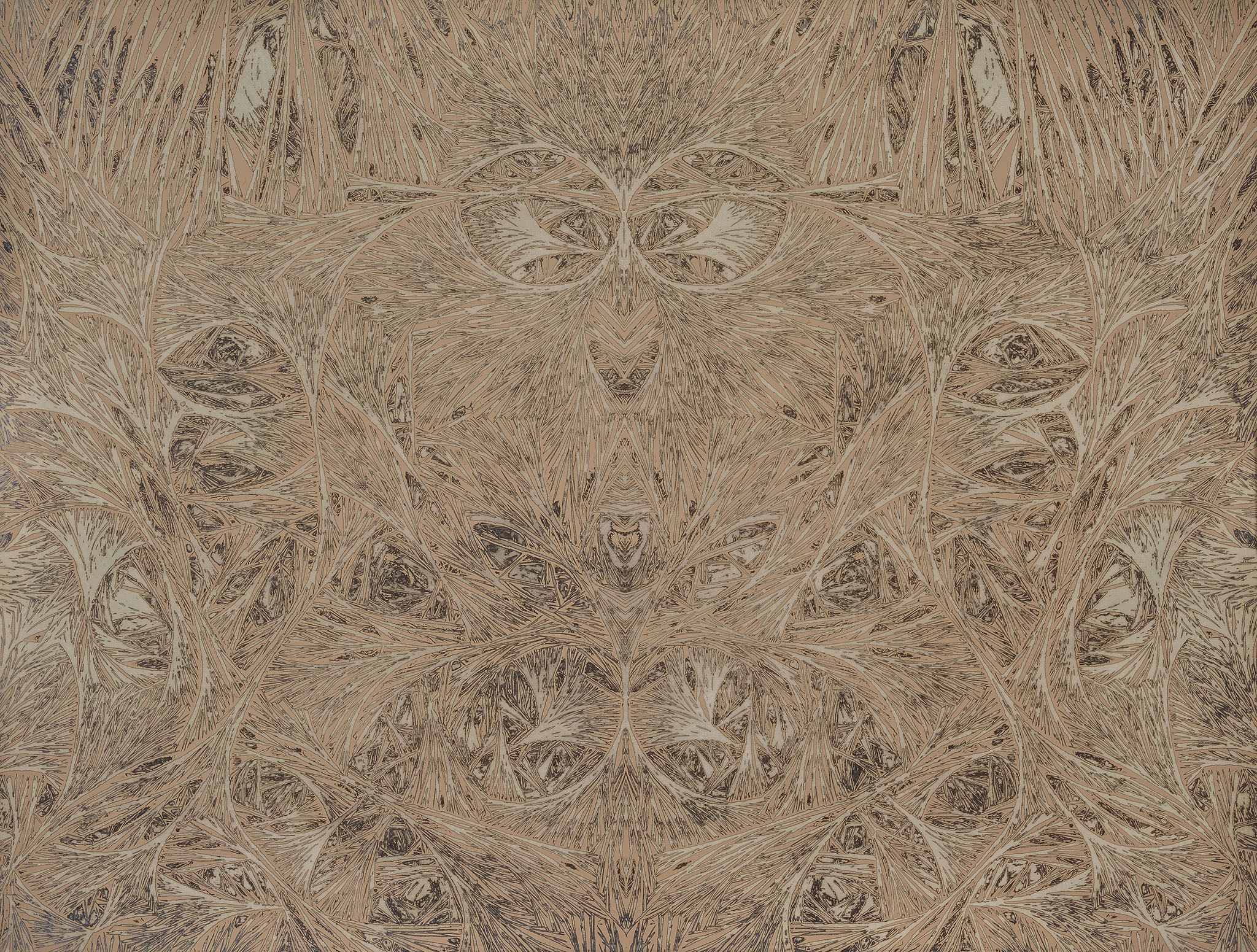
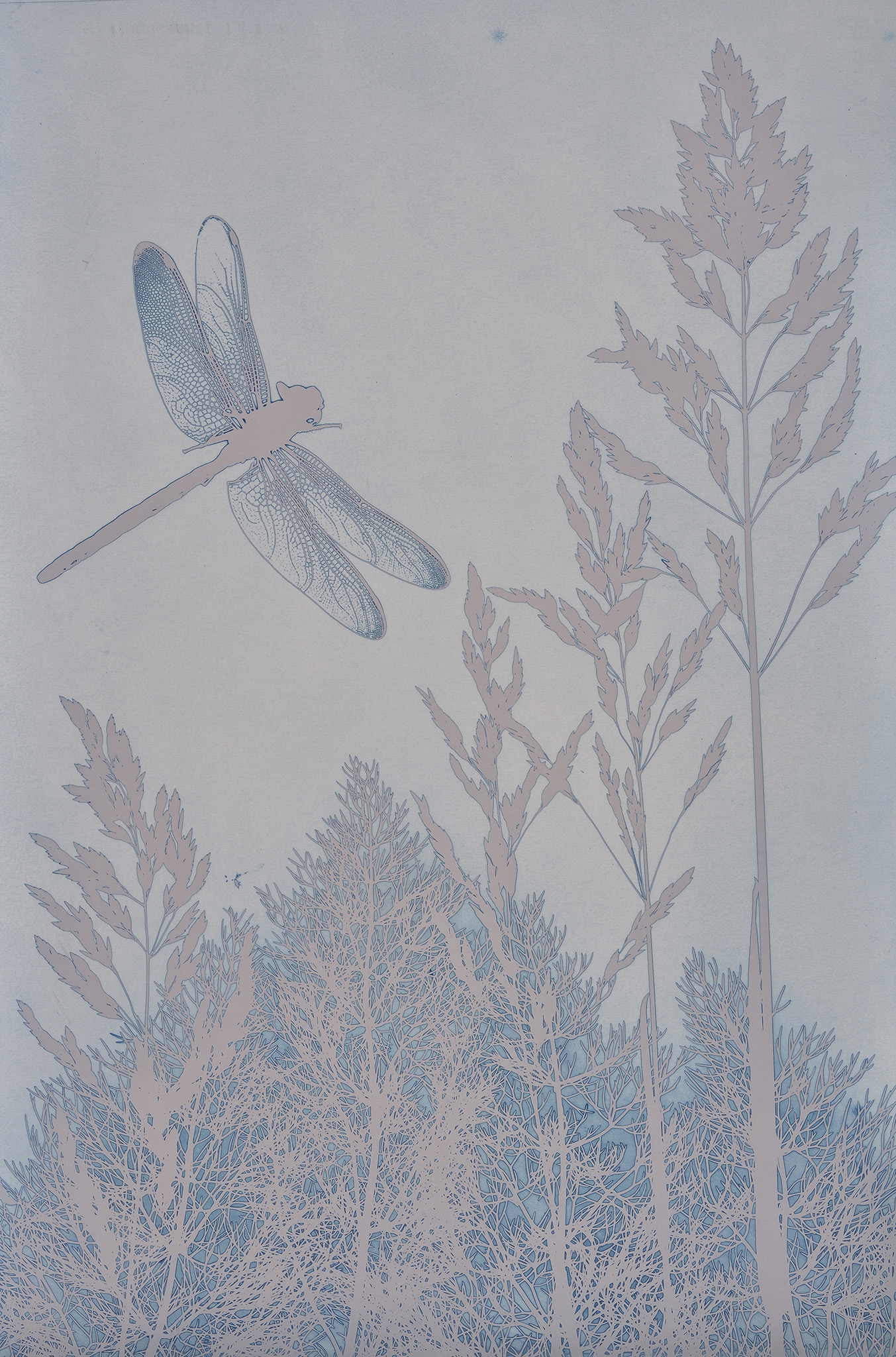
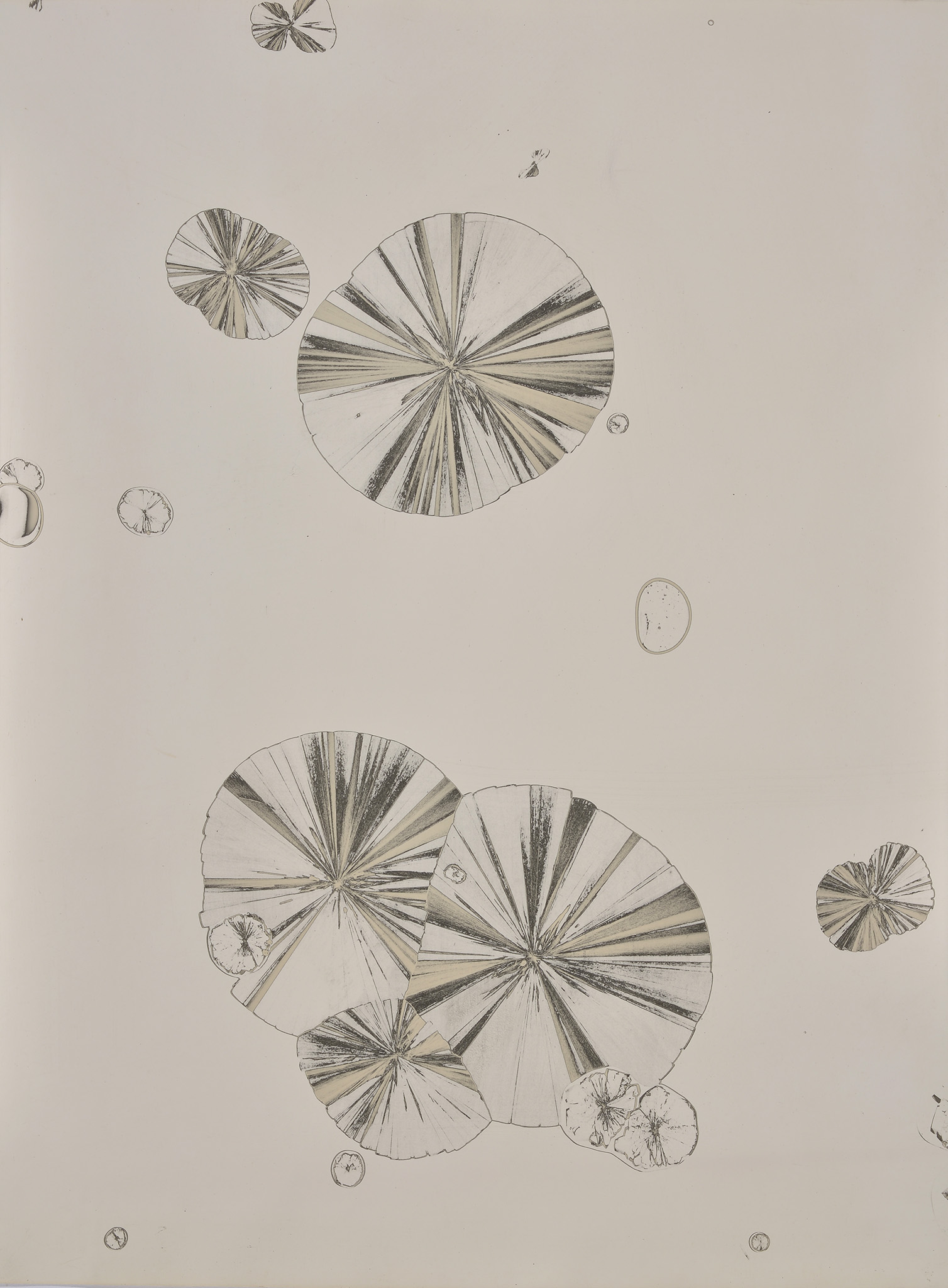
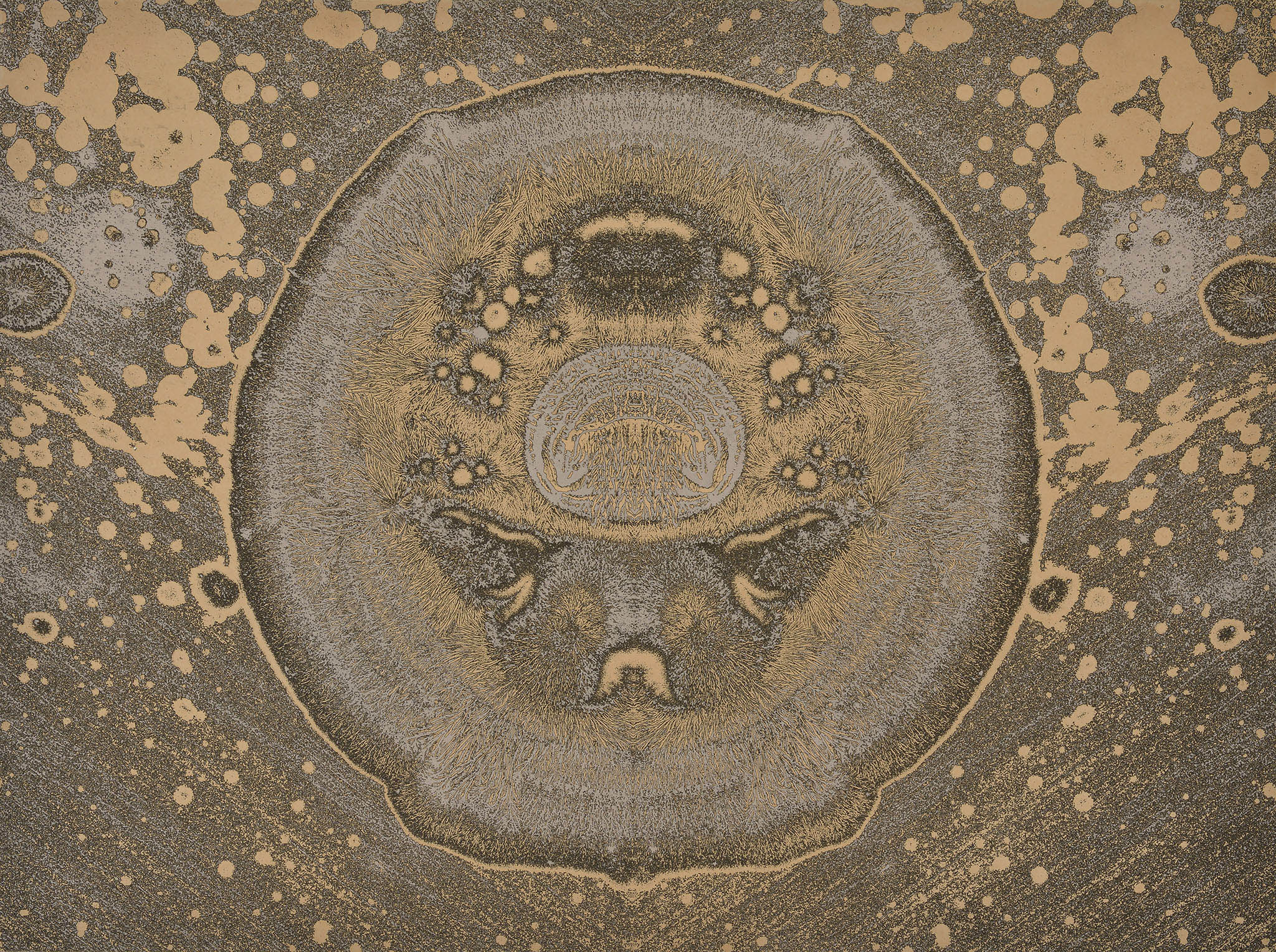
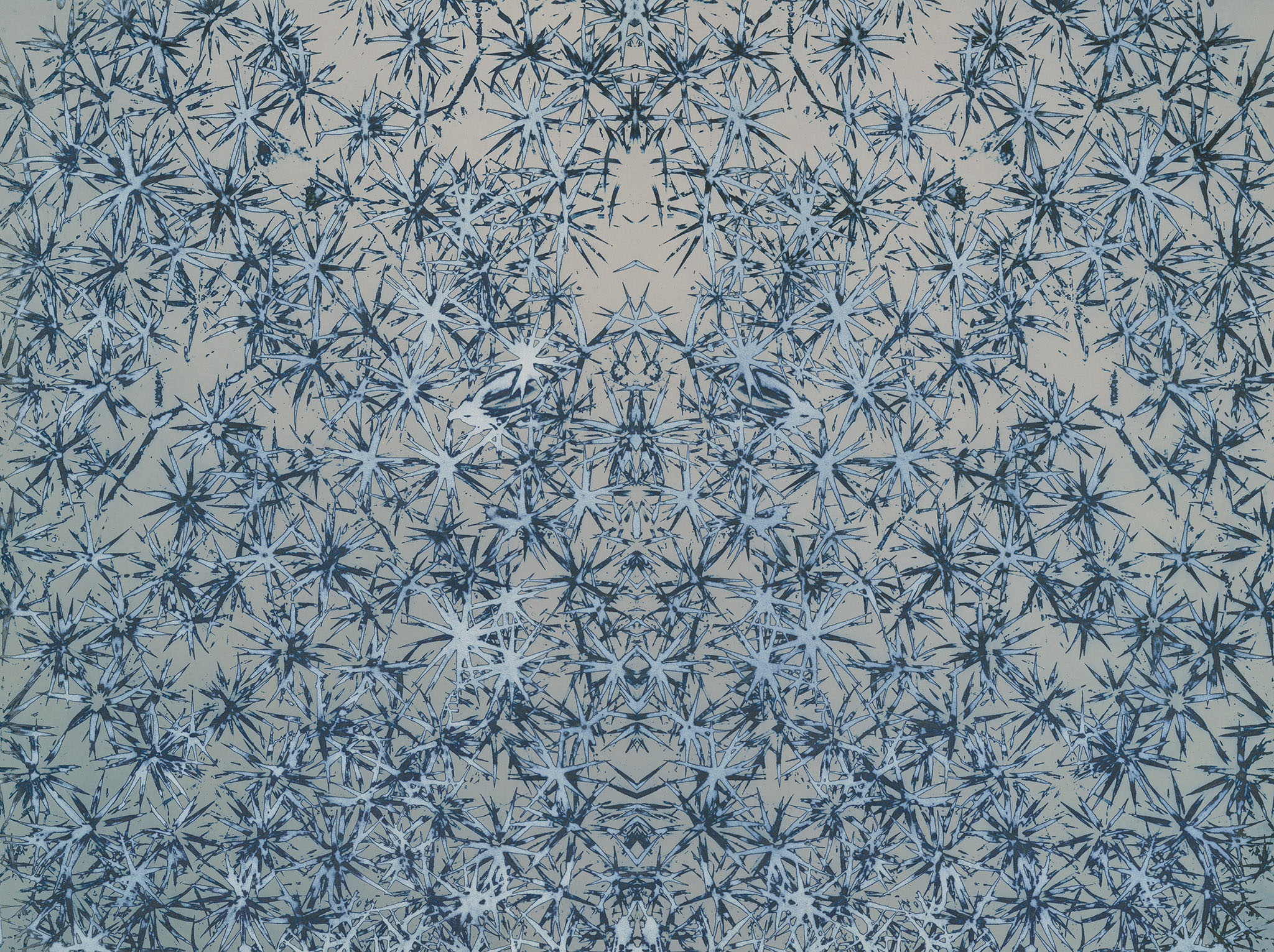
Jean-Pierre Sudre was born in Paris in 1921. A masterful technician in the darkroom, Sudre employed and created innovative techniques that amplified the abstract and suggested both spiritual and metaphysical concerns.
In the 1960s he took his explorations of nature toward the micro, creating crystals on glass plates that he would use as "negatives." Sudre employed the Mordançage technique on many of these prints, which he invented based on a late nineteenth century process known as etch-bleach.
Mordançage solution includes hydrogen peroxide, acetic acid and copper chloride. Once a fully processed gelatin silver print is put into the Mordançage solution, the darkest areas of the image (the areas with the greatest silver content) would swell. Sudre would then wipe them away leaving the mid-tones and the highlights. Next, he would thoroughly wash the print and redevelop it. He used a variety of different developers in various solutions and often made his own photographic chemistry. He was able to achieve a range of colors from the various toners he used and by letting the developer oxidize. His dynamic and expressive use of color became an integral part of his work.
Sudre’s work is represented in international institutional collections, including the Center for Creative Photography, Tucson; The Gernsheim Collection, University of Texas, Austin; Museum of Fine Arts, Houston; Museum of Modern Art, New York; and Princeton University Art Museum.
"Sudre's experimentation, which continued until the early nineteen-nineties (he died in 1997), remained marvelously various, ranging in tone from psychedelic to scientific. It should be mandatory viewing for the new school of young photographers investigating the pleasures of the darkroom."—Vince Aletti, The New Yorker, March 14, 2016
